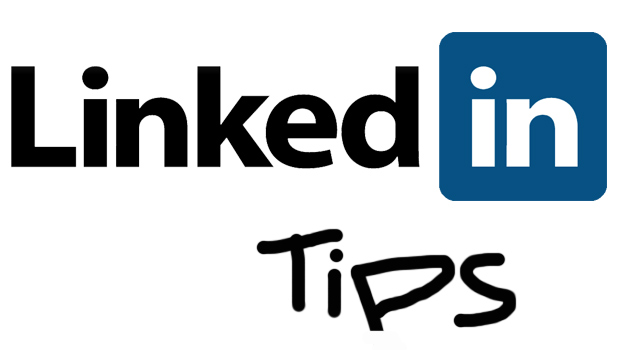Among the one-liners of business success, there’s one that I’ve noticed has been critical and it has to do with connections.
I’m going to focus on LinkedIn, but first here’s the one-liner:
“It’s not who you know, but who knows you that determines your success”
This is why I highly recommend using the power of social media to build a network.
In the 1990’s as a young advertising sales guy in Detroit, I was tasked with making cold calls to find businesses to advertise. It wasn’t fun and I actually quit. Since I was not from the area, I had only a few connections and none were business owners. Armed with a phone book and a car, well that was about it. There was no social media in the 1990’s. MySpace launched in 2003 and Facebook after that.
But did you know that LinkedIn also launched way back then, in the early 2000’s?
LinkedIn used to be thought of as a place to find a job. You’d fill out your employment history and it sort of functioned as an online CV or resume.
It has become much more than that.
LinkedIn promotes itself as a social network for professionals for professional connecting which is pretty much true. I also recall the debates over who to connect with.
“Should I only Link to those people I know?”
Well, that is a good start and some of you haven’t even done that.
Please do that first. Then it’s time to really grow your network.
Anyone that you are connected to has connections and while LinkedIn will tell you whom you share connections with, it will also show you something called 2nd degree connections.
These 2nd degree connections are where the real potential value is, I’ve discovered.
It’s the Kevin Bacon Effect. The Kevin Bacon Effect was a fun gun to play to see who was connected to whom and how many people you had to go thru to connect to Kevin. Look it up if you care.
Before I was preparing this article, I had no idea how many 1st degree connections I had. Just glancing at my profile, says 500+ which seems like a lot. But when I dug deeper, I saw I have over 3,000 first degree connections!
Here’s the fun part, and I’m going to scale it down using a low number of connections.
100.
If I had just 100 connections, and each of my 100 connections had 100 connections, that means in theory I have 10,000 second degree connections.
Move that number up to 400 and do the math and that adds up to 160,000 connections.
Of course there are a lot of variables but according to LinkedIn, the average number of 1st degree connections is between 500 and 999 for active LinkedIn Profile users. When I looked at my co-workers, I saw most having less than 500 which means they are missing out.
What are they missing out on? And what are you missing if you aren’t active on LinkedIn?
When I am doing research on a company or a potential contact, LinkedIn is one of the top 5 searches I do. My role with my radio station includes looking for potential candidates to hire for positions that may open up. I also do some research on companies that might be a good fit as an advertising partner. Besides the 1st degree connections, I can also reach out to 2nd degree connections. And I do this free.
Yes, I don’t pay a dime for my LinkedIn account, and I usually don’t advise people to get a paid account either. If you instead build your contacts and connections, you will grow it over time and it will become a valuable resource.
Finally here’s the added benefit that has been happening a lot, and that is people reaching out to me. Every single week. Some just want to connect for networking but others are seeking me out because they want to consider buying what I have to sell them.
Would you like people contacting you like that? What are you waiting for? Get Linked!

